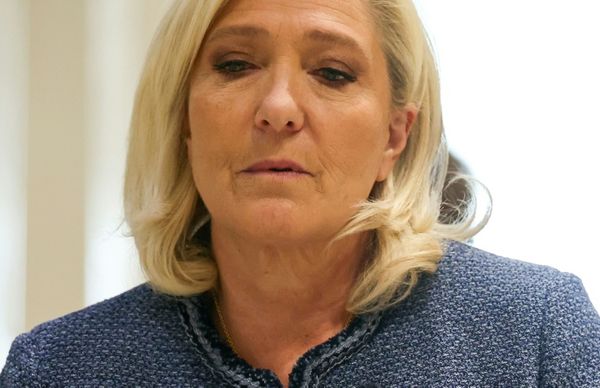
The sudden die-off of more than a hundred Amazonian river dolphins in recent days has prompted fears that rising global heat could be passing the tolerance threshold of species in vulnerable areas.
The floating corpses of the endangered mammals, along with thousands of dead fish, have appeared at Lake Tefé where the temperature is now like a hot bath after a protracted drought has dried up most of the water.
Residents of this small community in Amazonas state described the scene in apocalyptic terms. “The past month in Tefé has seemed like a science-fiction climate-change scenario,” said Daniel Tregidgo, a British researcher living in the area. “Regular sightings of pink river dolphins are one of the great privileges of living in the heart of the Amazon. Pretty much every time I go to the market to have breakfast I see them come to the surface and it reminds me why I live here.
“To know that one has died is sad, but to see piles of carcasses, knowing that this drought has killed over 100, is a tragedy.”

Ayan Fleischmann, a geoscience researcher at the Mamirauá Institute, said several possible causes were being investigated, including disease and sewage contamination. But he said the water depth and temperature were “certainly a main component” of the mass mortality. “At 6pm yesterday, in Lake Tefé we measured more than 39C (102.2F). This is very hot, horrible.” For context, 37C would be considered a hot bath for humans.
As in other parts of the world, Brazil has suffered from unusually extreme weather in recent months as a consequence of human-caused climate breakdown and an El Niño. Swathes of land in the south of the country have been flooded by intense rainstorms, while the north is parched by an unusually fierce dry season.
The level of the Amazon, the world’s biggest river, has fallen by 30cm each day over the past two weeks. At this time of year, the average depth in Manaus is 4.4 metres (14ft) lower from its rainy season peak. This year, it has already dried up by 7.4 metres, which local biologists have described as “absurd”.

Tregidgo warned of social knock-on effects because almost all food and fuel supplies are transported by boat along the River Solimões from Manaus, which is 550km (341 miles) away. That waterway is now impassable, which will drive up prices and cause food insecurity.
Tefé is one of the areas worst affected by drought. The National Institute of Meteorology said rainfall there in September had been barely a third of the historical average. Many channels have dried up. River boat journeys that used to take three hours now take an entire day as canoes have to navigate mud as well as water.
The human population of 70,000 in Tefé is in crisis. The community is one of 15 in an emergency situation, according to Amazonas state officials. With a widening area affected by water shortages and the drought expected to intensify in October, local officials have travelled to Brasília to petition the federal authorities for humanitarian aid.
Dolphins are considered an indicator of the health of a river, which is vital for those who live along its banks. They are known as boto in the Amazon and feed on piranha and are either pink or grey. They also have a semi-mythological status in traditional culture, where they are sometimes said to take human form and impregnate women.
The International Union for the Conservation of Nature classifies botos as endangered. They are among only six existing freshwater dolphin species left in the world, though they used to be diverse and abundant. One of them – the Yangtze river dolphin, known as the baiji in China – is practically extinct because of pollution, river traffic, dams and over-fishing. It had been on earth for 20m years, but has not been seen since 2002.

Dolphins have been struggling in other parts of the Amazon. Earlier this month, fishers in Marechal Thaumaturgo, Pará state rescued two of the mammals who became trapped when water levels in the Juruá River fell to 2.3 metres, the lowest point in five years. Many other species are suffering. Video clips posted on social media this month show a dead baby manatee being transported inside a canoe.
Daphne Willems, of the conservation group WWF, described the news as devastating. “This extraordinary species is already endangered – so losing so many individuals in such a short space of time is disastrous.” She said this tragedy required an urgent response and highlighted the importance of the global declaration of river dolphins, which is due to be signed on 24 October.







